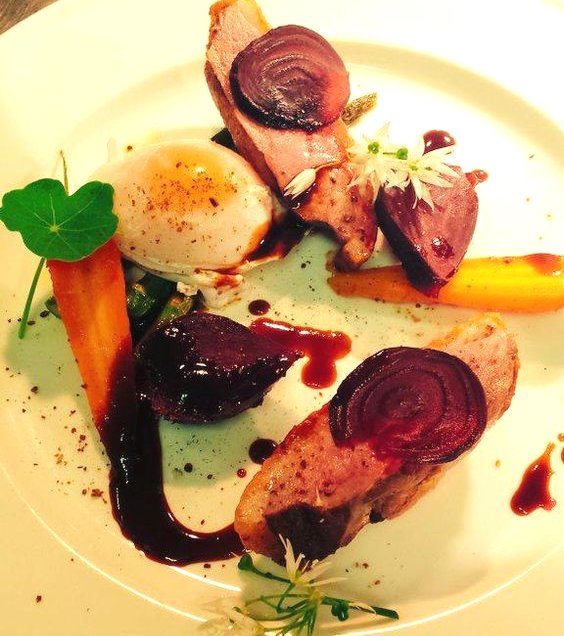13 week cooking course
- Introduction to Cooking
- Understanding Ingredients
- Making Breakfast
- Dinner Delights
- World Cuisine: Asia
- World Cuisine: Europe
- Baking and Bread Making
- Vegan and Vegetarian Cooking
- Gluten Free Cooking
- Healthy Eating and Nutrition
- Kitchen Finale and Consolidation
Dinner Delights
Plating and Pairing: The Art of Presentation and Harmony in Meals

Art of modifying, processing, arranging, or decorating food to enhance its aesthetic appeal.
Creating a delicious meal is only half the battle in the culinary world. The other half is presenting it in a way that appeals to the eyes and pairing it with the right accompaniments to enhance the overall dining experience. This unit will delve into the basics of food presentation, plating techniques, and the principles of food and wine pairing.
The Basics of Food Presentation
Food presentation is the art of arranging food in a way that enhances its aesthetic appeal. The first bite is taken with the eye, and a well-presented dish can make the dining experience more enjoyable. Here are some basic principles of food presentation:
- Color: Use ingredients of different colors to make the dish visually appealing.
- Texture: Combine ingredients with different textures to add interest to the dish.
- Garnish: Use garnishes sparingly and ensure they are edible and complement the flavors of the dish.
- Portion size: Avoid overcrowding the plate. The dish should look abundant but not overloaded.
Plating Techniques
Plating is the process of arranging food on the plate. Professional chefs use various techniques to make their dishes look more appealing. Here are some techniques you can try at home:
- Clock method: Imagine the plate as a clock and place the carbohydrate (like rice or potatoes) at 2 o'clock, the protein at 6 o'clock, and the vegetables at 10 o'clock.
- Focal point: Make the protein the star of the plate and arrange the other components around it.
- Height: Build height on the plate to give the dish a three-dimensional look.
- Sauce: Instead of pouring the sauce over the food, try drizzling it around the plate or using a spoon to create dots of sauce.
Food and Wine Pairing
Pairing food with the right wine can enhance the flavors of both the dish and the wine. Here are some basic principles of food and wine pairing:
- Balance: The wine and the food should be equal partners, with neither overpowering the other. Pair light dishes with light wines and heavy dishes with full-bodied wines.
- Complement or Contrast: The wine can either complement the flavors of the food (like a creamy chardonnay with a creamy pasta) or contrast with them (like a crisp sauvignon blanc with fried fish).
- Match the Sauce, not the Meat: The sauce or seasoning can often have a bigger impact on the flavor of the dish than the meat. For example, chicken in a creamy sauce might pair better with a white wine, while chicken in a tomato sauce might pair better with a red wine.
Creating a Balanced and Cohesive Dinner Menu
When planning a dinner menu, consider the balance of flavors, textures, and colors across all the dishes. Start with a light appetizer, followed by a heavier main course, and finish with a dessert. Also, consider how the dishes will look together on the table. A variety of colors and shapes can make the meal more visually appealing.
In conclusion, the art of plating and pairing is a crucial skill for any home cook or professional chef. With practice, you can create meals that are not only delicious but also a feast for the eyes.